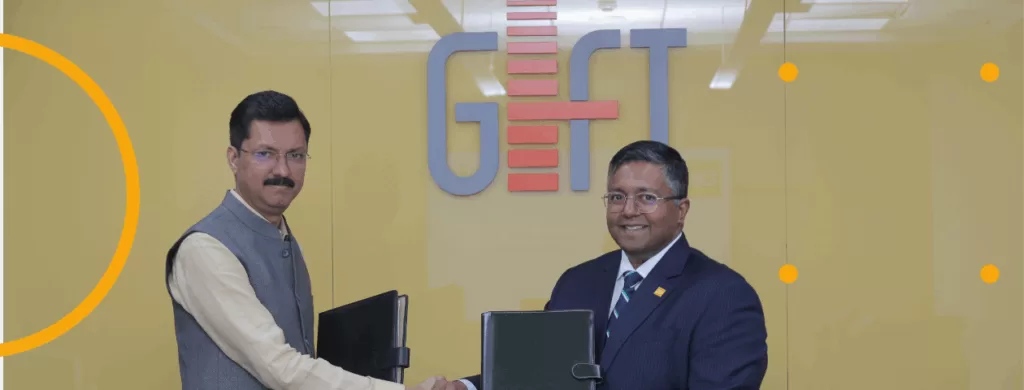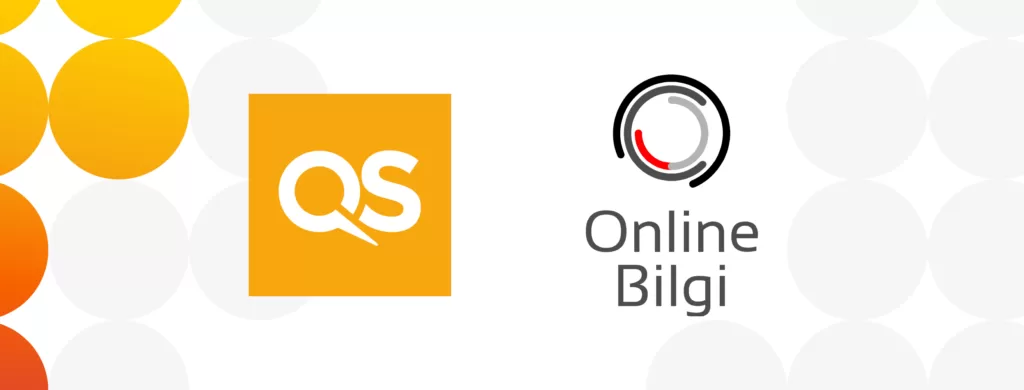The 14th edition of the QS World University Rankings will be published later this year. While the overall shape of the publication will be familiar to almost anyone reading these words, there is one big change.
We have decided to publish this year’s Rankings in the first full week of June, thus breaking with our long-established practice of releasing the Ranking in September.
There are a number of reasons for the change, which has been discussed and approved by the Global Academic Advisory Board for the rankings. One important consideration is that September is a crowded time for academics and students as they return from the summer, at least in the Northern hemisphere. We want potential students to have enough time to make use of our work.
Despite this new timetable, there is still time for academics reading this to influence this essential resource for millions of students. Our annual survey of academic opinion is open and you are welcome to apply to take part.
Complete, accepted responses will be used for the World University Rankings and for other QS publications such as our rankings by subject.
The 2017 rankings will use the same six criteria used for earlier rankings: academic and employer opinion, faculty/student ratio, citations per faculty member, and international faculty and students. But there is one change, intended to augment the quality of our citations measure. In past years, we have used a five-year data window for both our publishing and citations metric. From now on, we will be using publications data for five years with a one-year time lag, in this case from 2011 to 2015, and citations for six years, 2011-2016 in the present year.
We are making this change because few papers are cited when they are very new. Thus, the five years of citations we have hitherto used were in fact little better than four. This change will enhance the validity of the findings, allowing new and transformative research the time necessary to see itself disseminated throughout the academic community. In particular, it will increase our awareness of citations in subjects outside the sciences and medicine. The arts, humanities and social sciences often have a much slower citations cycle than these fast-moving, publish-or-perish fields.



